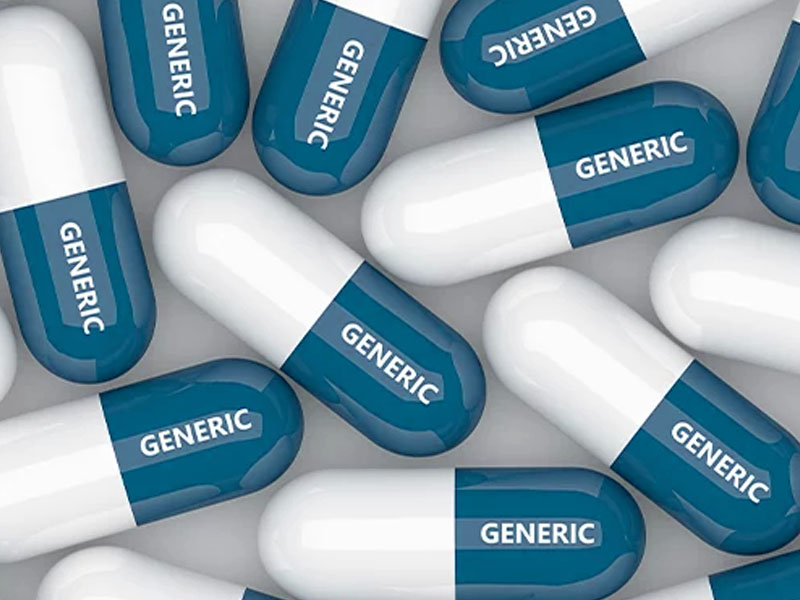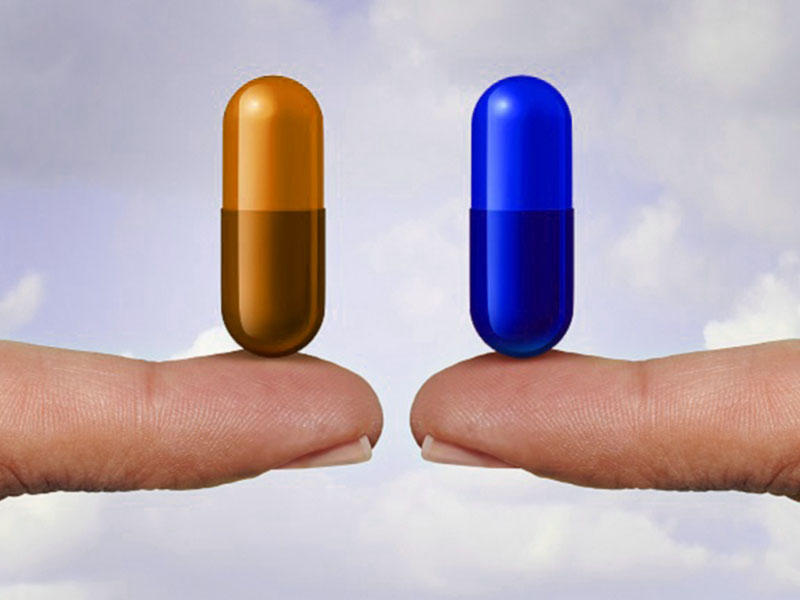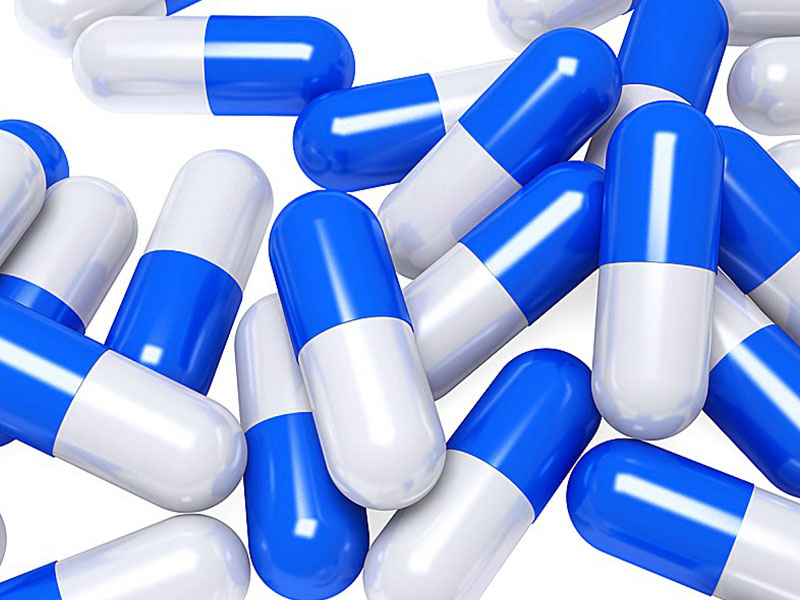Part 1 Selection Of Quality Research Projects and Preliminary Determination Of Methods
Selection of quality research items and preliminary determination of methods: it can be called the preliminary establishment of quality standard draft (this work should be completed before excipient compatibility test).

1. Follow The Principle Of “Just Be High, Not be low”
Combining the inquired product quality standards (original research standards, domestic first imitation standards, pharmacopoeia standards) and pharmacopoeia requirements for specific dosage forms, a draft quality standard is determined. Antioxidants, bacteriostats, stabilizers, and enhancers (assistants) are added to the prescriptions of intravenous injections, and preservatives are added to the prescriptions of ophthalmic preparations. Quantitative research should be carried out on the corresponding excipients. For the items included in the national drug standards, the detection methods included in the standards should be considered first.
2.If There Are Multiple Detection Methods For related Substances, It Is Recommended To Conduct Preliminary Comparative Studies To Determine The Method
If there is an impurity reference substance, use the impurity reference substance to confirm the feasibility of the method; if there is no impurity reference substance, you can do a forced degradation test (it is important to note that the degree of degradation is about 10%, in this case it is only necessary to determine the balance of the material). meaningful), to preliminarily determine the feasibility of the detection method. Judgment criteria: system applicability, resolution, effective detection, precision and reproducibility when there is an impurity reference substance. When there is no impurity reference substance, system applicability, effective detection of degraded impurities, and material balance.
3.Preliminary Establishment Of Quality Standard Draft
Part 2 Methodological Validation Of Quality Standards
Specifically, it is divided into two aspects: the preliminary verification of the method and the systematic methodological verification.
1.Preliminary Verification of quality standards (Completed Before Pilot Test):
①Cooperating with the screening and inspection of prescription technology, it is the process of preliminary verification of quality standards. For example, the compatibility test of excipients, the comparative test of the reference preparation and the small-scale product, the test of the influencing factors of the small-scale product, etc., can make a preliminary judgment on the feasibility of the method. At this time, methodological research focuses on verifying whether the detection methods and conditions in the national standards are applicable, focusing on the specificity and accuracy of the methods. If the methodological research results show that the method is not applicable, the reason should be analyzed first, and the method should be made suitable by adjusting the prescription process, etc.; under some extreme conditions where the reason cannot be confirmed, a new detection method should be considered, but the new method must first be in accordance with the chemical method.
The research should be carried out according to the relevant guiding principles of drug quality control research, and it needs to be confirmed by comparative research that it has the same degree of control as the original method. Therefore, in principle, do not replace the chromatographic conditions of the existing national drug standards. When the resolution cannot be achieved, the proportion of mobile phase can be adjusted appropriately. Discussion: In the preliminary screening of prescriptions, the quality standards have not really been established, and the final quality standards may be different. In this case, it is considered that the data of prescription screening can still be included in the application dossier, which does not deviate from the purpose of prescription screening, and also reflects the process of quality research.

②Issuing inspection reports for three batches of small test samples.
2.Systematic Methodology Validation:
On the basis of preliminary verification, systematic methodological verification of quality standards is required. The samples used for method validation should be pilot test products. Verification items (different test items for different varieties and dosage forms):
① traits; identification (physical and chemical identification and spectral identification);
② General inspection items (according to the general rules of Chinese Pharmacopoeia preparations);
③ Detection of microbiological degree (complete methodological verification test is required);
④ Dissolution, some can be verified together with the content;
⑤Related substances (complete methodological verification tests are required);
Content determination (requires a complete method verification test), hygienic method verification.
The focus is on the methodological verification of relevant substances and contents.
3.Contents Related To Substance Verification Include:
(1) System Suitability:
Take a sample, prepare a solution according to the concentration of the test substance of the relevant substance, inject the sample, and record the spectrum. The number of theoretical plates should meet the regulations, the resolution should be greater than 2.0 or meet the regulations, and the tailing factor should be 0.8-1.2 or meet the regulations. If there are known impurities and the impurity reference substance is available: prepare 6 impurity solutions of the same concentration for analysis, the relative standard deviation of the peak area of the impurity should not be greater than 2.0%, and the relative standard deviation of the retention time should not be greater than 1.0%. In addition, the number of theoretical plates should meet the regulations, the resolution should be greater than 2.0 or meet the regulations, and the tailing factor should be 0.8-1.2 or meet the regulations.
(2) Specificity:
Blank solvent interference test, blank auxiliary material test, forced degradation test (high temperature, strong light, strong oxidation, strong acid, strong alkali, etc.), known impurity location test, peak purity inspection (diode array detection, mass spectrometry detection ).
(3) Detection Limit And Quantification Limit:
Generally, the signal-to-noise ratio method is used. If there are known impurities and the impurity reference substance is available, the known impurity reference substance must be used at the same time. A signal-to-noise ratio of 10:1 is the limit of quantification; a signal-to-noise ratio of 3:1 is the limit of detection.
(4) Linear Relationship Test:
A series of solutions of at least five concentrations, such as 60%, 80%, 100%, 120%, 140% (relative to the self-control concentration) should be made. Take the series of solution samples, record the chromatogram, and calculate the regression equation. If there are known impurities and the impurity reference substance is available, take the known impurity reference substance for another linear relationship test, and the peak area of the known impurity in the test sample should be within the linear range.
(5) Precision:
Just do repeatability and intermediate precision.
(6) Accuracy:
Generally, it is verified by recovery test. If there are no known impurities, it is not necessary to do so. If there are known impurities, a sample recovery test must be done to verify the accuracy. Discussion: In the detection of related substances, what is to be detected is impurities, not raw materials. Therefore, it is considered that when there is a known impurity reference substance, and this impurity is individually controlled in the standard, the content of the method validation should be carried out around the known impurity and cannot be replaced by raw materials. When there is no known impurity reference substance, the raw material is used instead. When doing the forced degradation test, it is recommended to use blank excipients to do the forced degradation test in parallel, especially those containing special excipients, such as preservatives and other excipients that absorb ultraviolet light.

As for the forced degradation test, it is not only the content of methodological verification, but also the process of judging the degradation pathway, impurity spectrum and product stability of the product. The relevant guidelines for generic drugs require that generic products and brand-name drugs should compare impurity profiles, impurity amounts, and degradation pathways. Therefore, it is recommended to carry out a forced degradation test (both about 10%) in parallel with the original research drug, so that it can be visually compared whether the degradation pathways of the two are consistent; whether there are differences in the degradation products; Because most of the proposed methods are the detection methods of the original drug). Parallel comparative destructive test research is an important means to evaluate whether the quality of the developed drug and the imitated drug are the same.
4.Regarding The Material Balance In The Forced Degradation Test:
①First, the degradation strength is about 10%, not more than 10%.
②When there is an impurity reference substance, calculate the correction factor and substitute the correction factor into the calculation.
③Peak purity inspection (diode array detection). The function of diode array detection is not only to check peak purity, but also to reflect the overall UV absorption of impurities and main ingredients. The material balance at different wavelengths can be calculated (depending on the specific species).
④Calculation method: by comparing with the total peak area of the normal sample. Specific method: It is recommended to take a certain amount of sample to dissolve, as the mother liquor, take a certain amount from the mother liquor to carry out the degradation test of each factor, and then compare it with the normal sample made of the mother liquor, so that the results are reliable. Issued three batches of pilot test sample inspection reports.
Part 3 Quality Comparative Study (Using Pilot Products)
Quality comparison research is an important method to judge the quality “consistency” or “equivalence” of generic drugs and generic drugs. It can fully understand the quality characteristics of products and provide a basis for the establishment of generic drug registration standards.
1.Comparative Study On Dissolution Curves:
Generally, the method of comparing the dissolution curves in four dissolution media (PH1.2, PH4.5, PH6.8. water) is used, and the f2 factor method (f2>50) is used to compare the curve similarity of the original research drug and the imitation product .
Precautions:
①The content difference between the two preparations used for comparison should be within 5%.
②The time points selected for calculation do not need to be equal, but the time points taken by the two preparations must be the same; and the calculation time points should not be less than 3; since the calculation results are dependent on the number of comparison time points, the There should be no more than one time point when the dissolution rate is above 85% (sustained release above 80%). The dissolution amount should be calculated according to the cumulative dissolution amount.
③ Except for time 0, the coefficient of variation of the dissolution results at the first selected time point should not exceed 20%, and the coefficient of variation of the dissolution results from the second time point to the last time point should not exceed 10%. If it exceeds, it should be solved from the perspective of instrument applicability or sample uniformity.
2.Comparative Study Of Impurities (This Content Can Be Done Together With Methodological Verification):

For the inspection of related substances, due to the difference in the preparation process of the raw material drug and the formulation process of the preparation, the type of impurities in the generic drug and the generic drug may be different. Therefore, a comparative study is required to analyze the type and content of impurities in the generic drug and the generic drug.
① The types of impurities, degradation pathways, and the size of impurities in generic drugs and brand-name drugs can be compared through forced degradation tests and comparative studies of influencing factor tests.
② For compound preparations, the impurity should be assigned first. Method used: Do the forced degradation test of single raw material, blank excipient and preparation respectively. The requirements are as follows: if the content of impurities in the developed product exceeds the national standard, or the developed product contains new impurities that are not contained in the marketed products, it is recommended to first reduce the content or type of impurities by improving the prescription process, so that it is not higher than that of the imitated product. pharmaceuticals. Otherwise, it is necessary to analyze the safety of impurities and provide relevant data, and conduct relevant safety tests if necessary. If there is no impurity inspection or limit specified in the national standard, the impurity content of the developed product cannot be significantly higher than the measured value of the same type of impurity that has been marketed, and the types of impurities should not be more. Otherwise, it is necessary to analyze the safety of the impurity and provide relevant data. Relevant safety tests should be carried out when necessary.
3.Comparative Study Of Detection Methods (Concurrent With Methodological Verification):
If the research finds that some detection methods in the national drug standards are not suitable for the developed products, in order to further verify whether there are problems with the detection methods or the quality problems of the developed products themselves, the generic drugs can be used for comparative research.
Formulation of quality standards (combined with comparative study results and stability study results):
1) On the basis of national drug standards, refer to foreign pharmacopoeias and references to add necessary testing items.
2) Testing method: If the new method has no obvious advantages compared with the methods recorded in the national drug standards, it is recommended to still use the methods recorded in the national drug standards because the national drug standards have been verified by many units for a long time.
3) Limits: When there are multiple methods for reference, the formulation of limits follows the principle of “just be high, not low”.
4) Separately formulate shelf life standards and release standards, that is, registration standards and internal control standards, and write them into the application materials.










